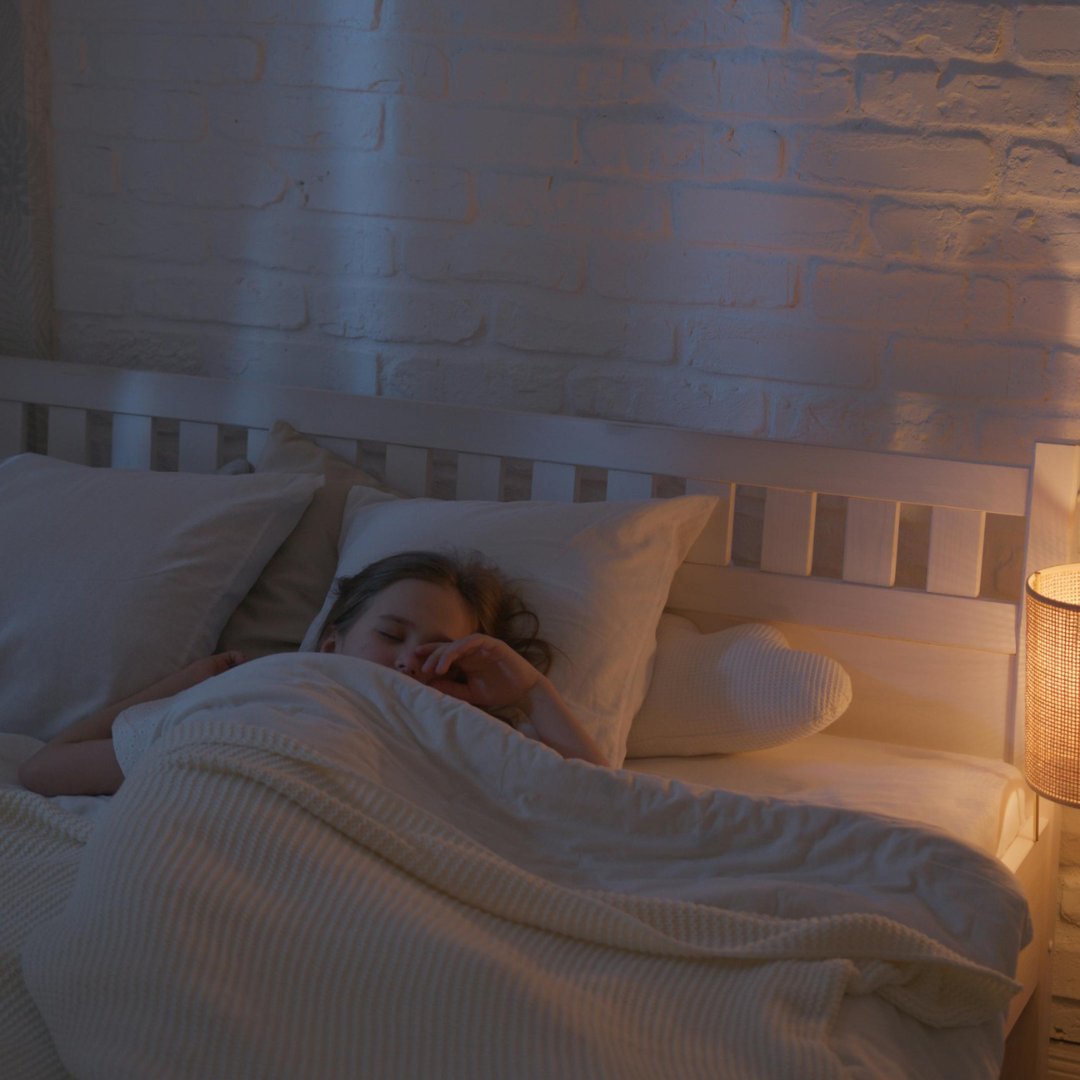The Benefits of a Post-Meal Walk

Feeling bloated or heavy after eating is common, but there’s a simple way to support your digestive system: a post-meal walk, sometimes humorously called a “fart walk” when the aim is to ease gas and feel more comfortable.
It is not just about comfort. Research shows this light habit can help digestion, steady blood sugar, and improve how you feel physically and mentally.
How a post-meal walk helps digestion
When you walk after a meal, your body gives your digestive system a gentle push to get moving. The muscles in your gut contract in a steady rhythm, helping food move through your digestive tract and allowing your body to absorb nutrients efficiently. This can reduce bloating and discomfort, improve nutrient absorption, and move trapped gas through the system so it does not build up².
A short “fart walk” of 10 to 15 minutes can be enough to notice the benefits². Unlike heavy exercise, which can slow digestion by pulling blood away from the gut, light walking keeps everything working smoothly.
Helping keep blood sugar steady
After eating, blood glucose naturally rises. If it climbs too high, your body must work harder to bring it back down. Walking after a meal helps your muscles use some of that sugar for energy right away, keeping levels more even.
Research found that light walking after meals improved blood sugar control regardless of the type of food eaten¹. This makes a “fart walk” useful for anyone, especially for those who want to support heart and metabolic health.
Easing bloating and gas
If bloating is a regular problem, a gentle walk after eating can help ease the pressure. A clinical trial showed that short activity after meals reduced bloating symptoms in people with functional abdominal bloating².
Walking, or taking a “fart walk”, helps trapped gas move along the digestive tract, which reduces that tight, uncomfortable feeling. This simple step can make mealtimes more pleasant and recovery afterwards quicker.
Improving circulation, energy, and mood
Post-meal walking not only helps your stomach and keeps blood sugar steady, it also improves circulation, delivering oxygen and nutrients to your digestive organs so they can work efficiently.
Taking your walk outside adds fresh air and gentle movement, which can help you feel more alert and clear-headed. It is also an easy way to avoid the mid-afternoon or evening slump.
Studies have shown that daily walking can lift mood, reduce stress, and support healthy nervous system function³. Walking in nature may offer even greater benefits, including lower stress and improved mental well-being, even for people facing everyday pressures⁴.
Stepping outside for a “fart walk” in a green space can therefore help both your digestion and your overall sense of wellbeing.
Tips for making a post-meal walk a habit
You do not need special equipment or a strict plan to do this. To get started:
- Walk at a gentle pace, you are not trying to work up a sweat
- Wear comfortable shoes if you are heading outdoors
- Begin with 10 minutes, you can add more time if you wish
- Try to make it part of your daily routine, after lunch or dinner is ideal
If you cannot go outside, even walking around indoors counts as a “fart walk” and can still be effective.
When walking helps most
Walking after eating is especially useful if you regularly feel bloated, gassy, or heavy after meals. It is also a good way to help keep blood sugar steady and to aid digestion. Even if you do not have digestive problems, making a “fart walk” part of your day can help your body feel more comfortable after eating.
The bottom line
A short walk after eating, or a “fart walk”, is one of the easiest ways to help digestion, manage blood sugar, and support overall health. It is free, quick, and backed by research.
Next time you finish a meal, take a few minutes to move around instead of sitting down. Your digestion, your energy, and your comfort will thank you.
Trusted Sources
1. Bellini A, Nicolò A, Bazzucchi I, Sacchetti M. The effects of postprandial walking on the glucose response after meals with different characteristics. Nutrients. 2022;14(5):1080.
2. Hosseini-Asl MK, Taherifard E, Mousavi MR. The effect of a short-term physical activity after meals on gastrointestinal symptoms in individuals with functional abdominal bloating: a randomized clinical trial. Gastroenterol Hepatol Bed Bench. 2021 Winter;14(1):59–66.
3. Sakuragi S, Sugiyama Y. Effects of daily walking on subjective symptoms, mood and autonomic nervous function. J Physiol Anthropol Appl Human Sci. 2006;25(4):281-289.
4. Olafsdottir G, Cloke P, Vögele C, et al. Health benefits of walking in nature, a randomised controlled study under conditions of real-life stress. Environ Behav. 2020;52(3):248–279.



